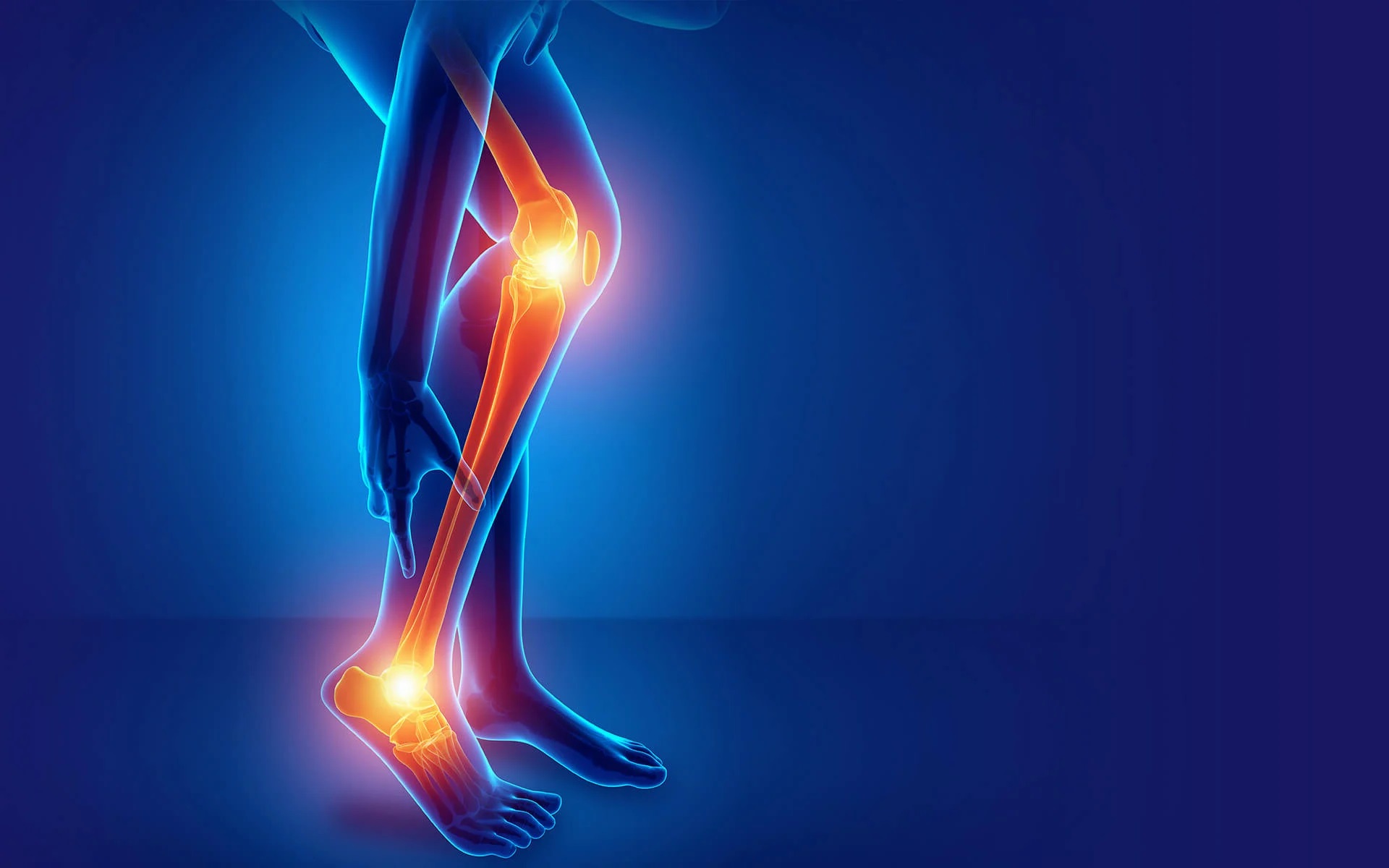
What is Neuroleptic Malignant Syndrome (NMS)? Neuroleptic Malignant Syndrome (NMS) is a rare but potentially life-threatening reaction to antipsychotic medications. It is characterized by high fever, muscle rigidity, altered mental status, and autonomic dysfunction. This condition can develop within days or weeks of starting or increasing the dosage of neuroleptic drugs. Symptoms include severe muscle stiffness, confusion, and unstable blood pressure. Immediate medical attention is crucial to manage NMS effectively. Understanding the symptoms, causes, and treatment options can help in early recognition and better outcomes for those affected. Let's explore 50 essential facts about NMS to deepen our understanding of this critical condition.
Key Takeaways:
- Neuroleptic Malignant Syndrome (NMS) is a rare but serious reaction to antipsychotic drugs, causing symptoms like high fever, muscle rigidity, and altered mental status. Early recognition and treatment are crucial for better outcomes.
- Patients on antipsychotic medications should be aware of the symptoms of NMS, including high fever, muscle rigidity, and confusion. Collaborative care, early recognition, and ongoing advancements in treatment offer hope for better management.
What is Neuroleptic Malignant Syndrome?
Neuroleptic Malignant Syndrome (NMS) is a severe reaction to antipsychotic medications. Understanding its symptoms, causes, and treatment is crucial for anyone taking these drugs.
- Definition: NMS is a life-threatening reaction to antipsychotic drugs, marked by high fever, muscle rigidity, altered mental status, and autonomic dysfunction.
- Incidence: NMS affects 0.2% to 3.2% of psychiatric inpatients on neuroleptics, though awareness and newer drugs have reduced this to 0.01% to 0.02%.
- Symptoms: Key symptoms include high fever, muscle rigidity, confusion, agitation, and autonomic dysfunction like tachycardia and fluctuating blood pressure.
Key Symptoms of NMS
Recognizing the symptoms early can save lives. Here are the main signs to watch for.
- Muscle Rigidity: Often described as "lead-pipe" rigidity, this can cause difficulty breathing and swallowing.
- Altered Mental Status: Ranges from confusion to delirium and even coma, making communication difficult.
- Autonomic Dysfunction: Includes symptoms like rapid heart rate, high or low blood pressure, excessive sweating, and incontinence.
- Hyperthermia: Body temperature can soar above 38°C, risking severe complications like muscle breakdown and kidney failure.
- Rhabdomyolysis: Muscle tissue breaks down, releasing myoglobin into the bloodstream, potentially causing acute kidney injury.
- Kidney Failure: High myoglobin levels can damage kidneys, leading to acute renal failure.
- Seizures: Some patients experience seizures, indicating severe autonomic instability.
Diagnosing NMS
Accurate diagnosis is crucial for effective treatment. Here's how doctors identify NMS.
- Differential Diagnosis: Conditions like heat stroke, malignant hyperthermia, serotonin syndrome, and lethal catatonia must be ruled out.
- Diagnostic Criteria: Diagnosis is based on clinical criteria, including severe muscle rigidity, elevated temperature, and symptoms like diaphoresis and tachycardia.
- Laboratory Abnormalities: Common lab findings include increased LDH, creatine kinase, AST, ALT, and leukocytosis.
Causes and Risk Factors
Understanding what triggers NMS can help in prevention and early intervention.
- Causes: NMS is caused by adverse reactions to antipsychotic medications, especially those blocking dopamine receptors.
- Common Neuroleptics: Drugs like haloperidol, fluphenazine, clozapine, and risperidone are often linked to NMS.
- Risk Factors: Dehydration, agitation, and catatonia increase the risk of developing NMS.
Onset and Duration
Knowing when NMS can strike and how long it lasts is vital for managing the condition.
- Onset: Typically occurs within days to weeks of starting neuroleptic therapy but can happen anytime.
- Duration: Usually lasts from several days to two weeks, even after stopping the drug.
Treatment Options
Effective treatment can significantly improve outcomes. Here are the main strategies.
- Treatment: Involves stopping the offending drug, supportive care, and specific medications like dantrolene, bromocriptine, and diazepam.
- Dantrolene: A muscle relaxant that reduces rigidity and hyperthermia by inhibiting calcium release in muscles.
- Bromocriptine: A dopamine agonist that helps restore normal dopamine activity.
- Diazepam: A benzodiazepine used to manage agitation and muscle rigidity, though it must be used cautiously.
Supportive Care and Prognosis
Supportive care is essential for recovery. Here's what it involves and what to expect.
- Supportive Care: Includes hydration, fever management, and respiratory support. Electrolyte imbalances must be corrected.
- Prognosis: Mortality rates range from 10% to 15%, but early recognition and treatment improve outcomes.
- Complications: Severe complications include rhabdomyolysis, acute kidney injury, liver failure, and seizures.
Recurrence and Prevention
Preventing recurrence is crucial for patients who have experienced NMS.
- Recurrence: Not uncommon; patients must be monitored closely when restarting antipsychotics.
- Electroconvulsive Therapy (ECT): Used in some cases with variable results, especially for severe catatonia.
- Genetic Basis: Suspected but not proven; a defect in dopamine receptors plays a significant role.
Pathophysiology and Related Conditions
Understanding the underlying mechanisms helps in managing NMS effectively.
- Pathophysiology: Involves central D2 receptor blockade or dopamine depletion, leading to impaired thermal homeostasis.
- Skeletal Muscle Calcium Metabolism: Changes in calcium metabolism contribute to muscle rigidity and hyperthermia.
- Sympathoadrenal Hyperactivity: May cause autonomic instability and characteristic symptoms.
- Serotonin Syndrome: Shares features with NMS but involves serotonergic medications.
- Malignant Hyperthermia: Similar to NMS but triggered by anesthetics.
- Lethal Catatonia: Mimics NMS with immobility, rigidity, and altered mental status.
- Heat Stroke: Can be confused with NMS but occurs without antipsychotic medication.
Demographics and Variations
NMS can affect anyone on antipsychotics, but some groups are more at risk.
- Geographic and Racial Variations: No evidence suggests variations; incidence parallels antipsychotic use.
- Sex-Related Variations: More common in males, possibly due to higher neuroleptic usage. Male-to-female ratio is about 2:1.
- Age-Related Variations: Mean age is around 40, but it can occur at any age. Elderly patients may have a longer onset duration.
- Children and NMS: Rare in children, but symptoms are consistent with those in adults.
Prevention and Monitoring
Preventing NMS involves careful monitoring and patient education.
- Prevention: Involves monitoring patients on antipsychotics, especially during initial treatment stages. Manage dehydration and agitation promptly.
- Monitoring: Regular temperature checks, muscle rigidity assessments, and mental status evaluations are crucial.
- Education: Healthcare providers must be aware of NMS for early recognition and treatment.
Clinical Guidelines and Research
Adhering to guidelines and ongoing research can improve patient outcomes.
- Clinical Guidelines: Protocols for rapid cooling, hydration, and medications like dantrolene and bromocriptine are essential.
- Research: Needed to understand NMS fully and develop better treatments, including genetic studies and new therapies.
Public and Patient Awareness
Raising awareness can help reduce stigma and encourage prompt medical attention.
- Public Awareness: Reduces stigma and encourages patients to seek help for unusual symptoms while on antipsychotics.
- Patient Education: Empowers patients to adhere to medication regimens and report unusual symptoms promptly.
Collaborative Care and Early Recognition
Teamwork among healthcare providers and early detection are key to managing NMS.
- Collaborative Care: Involves psychiatrists, neurologists, and critical care specialists for comprehensive management.
- Early Recognition: Crucial for improving recovery chances. Maintain high suspicion in patients recently starting or increasing antipsychotic doses.
Support Systems and Advancements
Support systems and ongoing advancements in treatment offer hope for better management.
- Support Systems: Provide psychological support, educational resources, and access to specialized care for patients and families.
- Advancements in Treatment: Researchers are exploring new medications and strategies to improve outcomes and prevent NMS.
Key Takeaways on Neuroleptic Malignant Syndrome
Neuroleptic Malignant Syndrome (NMS) is a rare but serious reaction to antipsychotic drugs. Recognizing its symptoms—high fever, muscle rigidity, altered mental status, and autonomic dysfunction—is crucial for timely intervention. Immediate withdrawal of the offending medication and supportive care are essential. Medications like dantrolene and bromocriptine can help manage symptoms. Early detection and treatment improve outcomes, but complications like rhabdomyolysis and kidney failure can occur. Awareness among healthcare providers and patients is vital for prevention and early recognition. Monitoring and education can significantly reduce risks. Collaborative care and ongoing research are key to better understanding and managing NMS. By staying informed and vigilant, we can improve patient outcomes and reduce the incidence of this life-threatening condition.
Frequently Asked Questions
Was this page helpful?
Our commitment to delivering trustworthy and engaging content is at the heart of what we do. Each fact on our site is contributed by real users like you, bringing a wealth of diverse insights and information. To ensure the highest standards of accuracy and reliability, our dedicated editors meticulously review each submission. This process guarantees that the facts we share are not only fascinating but also credible. Trust in our commitment to quality and authenticity as you explore and learn with us.


